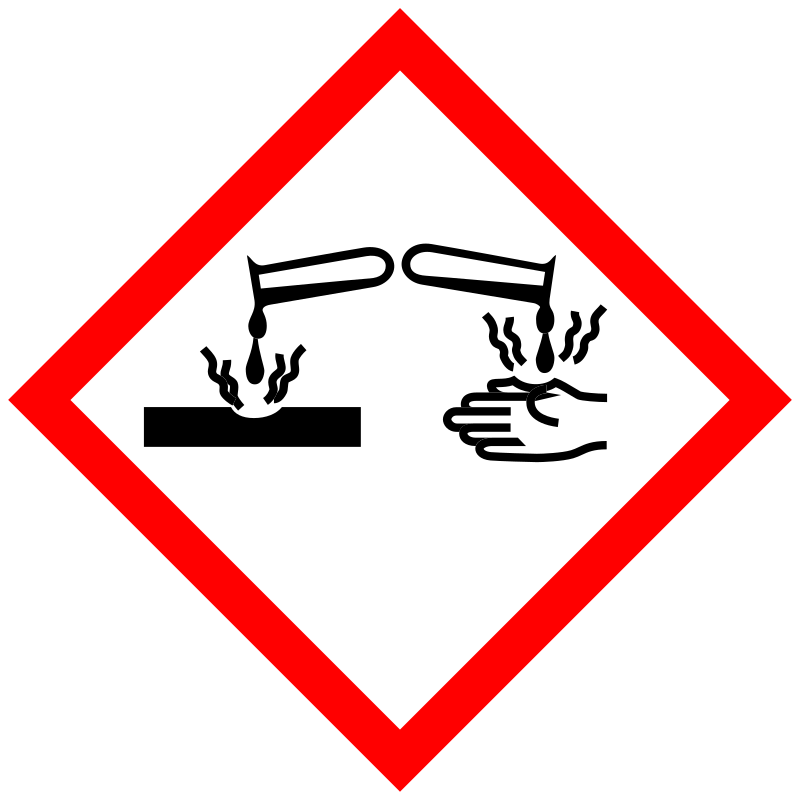Compound
D1290 | alpha-4-Dibromoacetophenone
| Toxicity | Dose | Time | Species | Model | Method | Action | Positive criterion | Reference |
|---|---|---|---|---|---|---|---|---|
| MITOCHONDRIA TRANSPORT | 0.05 μM | 2h | rat | Hippocampal Neurons | time-lapse imaging experiments | increase | paired t-test; p < 0.02 | 215 |
| Pictogram | Signal | Statements | Precautionary Statement Codes |
|---|---|---|---|
 |
Danger |
Aggregated GHS information provided by 46 companies from 4 notifications to the ECHA C&L Inventory. H314 (100%): Causes severe skin burns and eye damage [Danger Skin corrosion/irritation] Information may vary between notifications depending on impurities, additives, and other factors. The percentage value in parenthesis indicates the notified classification ratio from companies that provide hazard codes. Only hazard codes with percentage values above 10% are shown. |
P260, P264, P280, P301+P330+P331, P303+P361+P353, P304+P340, P305+P351+P338, P310, P321, P363, P405, and P501; (The corresponding statement to each P-code can be found at the GHS Classification page.) |
| Organism | Test type | Route | Dose (normalized dose) | Effect | Source |
|---|---|---|---|---|---|
| mouse | LD50 | intravenous | 18mg/kg (18mg/kg) | U.S. Army Armament Research & Development Command, Chemical Systems Laboratory, NIOSH Exchange Chemicals. Vol. NX#02407, | |
| mouse | LD50 | oral | > 2gm/kg (2000mg/kg) | Medicina Experimentalis. Vol. 11, Pg. 137, 1964. | |
| CAS Number | 132309-76-3, 99-73-0 |
| PubChem Compound | 7454 |

